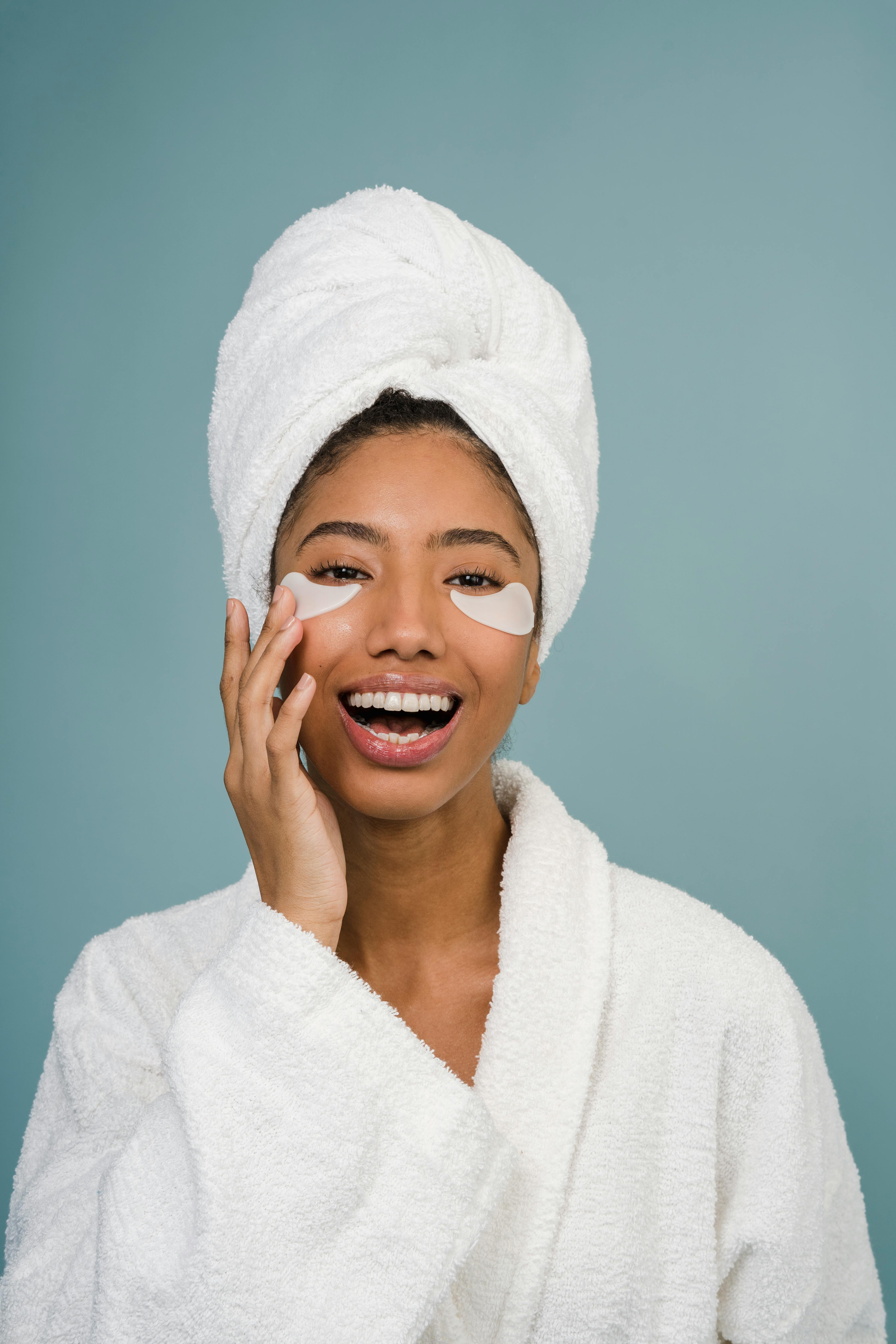Unmasking the Reality of Eye Bags: Causes, Prevention, and Treatment
In the realm of skin and hair care, the topic of eye bags is both intriguing and relevant. These unsightly puffiness or dark circles under the eyes have been a source of concern for many, impacting people's aesthetic appeal and, in some cases, their self-confidence. This article explores the causes, prevention, and treatment of eye bags, providing a comprehensive understanding of this common skin condition.

Tracing the Origins: The Causes of Eye Bags
Eye bags can be attributed to a variety of factors that stretch back to our evolutionary roots. One of the primary causes is aging. As we grow older, the tissues and muscles supporting our eyelids weaken, leading to sagging and puffiness. The fat that helps support the eyes can then move into the lower eyelids, causing them to appear puffy.
Furthermore, fluid retention due to high salt intake, hormonal changes, or lack of sleep can exacerbate the appearance of eye bags. Genetics also play a significant role, with individuals inheriting traits such as skin elasticity and fat distribution patterns from their parents.
The Rise of Modern Stressors
In today’s fast-paced society, eye bags are becoming increasingly prevalent due to lifestyle factors such as stress, excessive screen time, and lack of sleep. The blue light emitted by screens can strain our eyes, leading to fluid buildup in the lower eyelids. Additionally, the modern work culture of long hours and high stress can disrupt sleep patterns, resulting in a tired appearance and worsening eye bags.
Prevention: The First Line of Defense
Prevention is always better than cure, and this adage holds for eye bags as well. A balanced diet low in salt and high in fruits and vegetables can help maintain skin health and prevent fluid retention. Regular exercise can improve circulation and reduce the likelihood of swelling around the eyes.
Adequate sleep is also crucial. Not only does it refresh the skin, but it also prevents fluid buildup under the eyes. Limiting screen time, especially before bed, can also help prevent strain and subsequent puffiness.
Treatment Options: From Home Remedies to Medical Interventions
For those already dealing with eye bags, a range of treatment options are available. Simple home remedies include cold compresses, cucumber slices, or tea bags applied to the eyes to reduce swelling and discoloration. Over-the-counter products, such as creams and gels containing retinol and vitamin C, can also help improve skin elasticity and lighten dark circles.
If these methods are ineffective, medical interventions may be considered. These include dermal fillers, which add volume to the under-eye area; laser therapy, which resurfaces the skin and enhances skin tightening; and in more severe cases, eyelid surgery (blepharoplasty), which removes excess fat and skin from the lower eyelids.
The Impact on Self-Perception and the Boom in Eye Care Market
Eye bags can significantly impact individuals’ self-perception, causing them to feel less attractive or older than they are. This has fueled a boom in the eye care market, with a growing demand for products and treatments targeting this issue. According to a report by Grand View Research, the global eye care market is projected to reach $2.4 billion by 2025, driven by increasing awareness about eye health and the desire for a youthful appearance.
The Road Ahead: A Call for Increased Awareness and Research
Despite their prevalence, eye bags remain a misunderstood skin condition, with many unaware of their causes or prevention methods. There is a need for increased public education on this topic, emphasizing the role of lifestyle factors and preventive measures.
Moreover, further research is needed to develop more effective and accessible treatments. While current options offer some relief, they are often costly and may have side effects. As our understanding of skin and eye health continues to evolve, it is hoped that we can unmask the reality of eye bags and provide better solutions for those affected.





